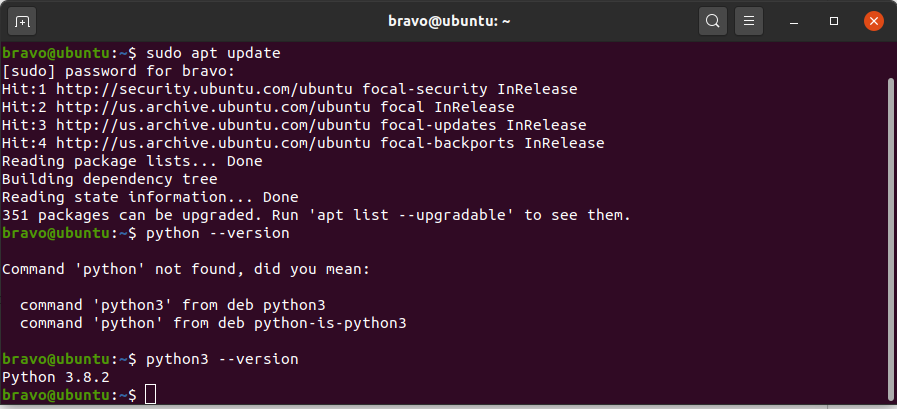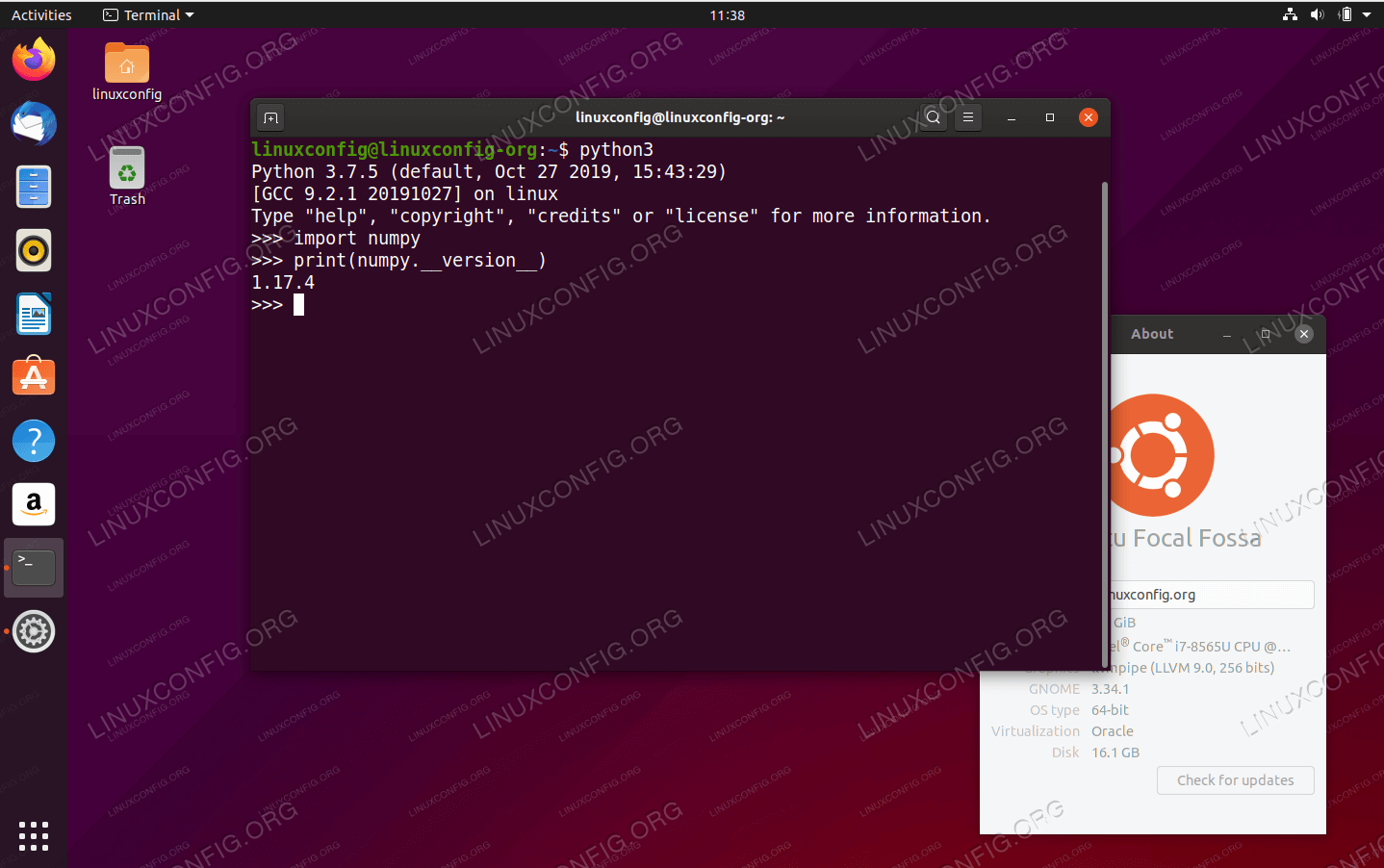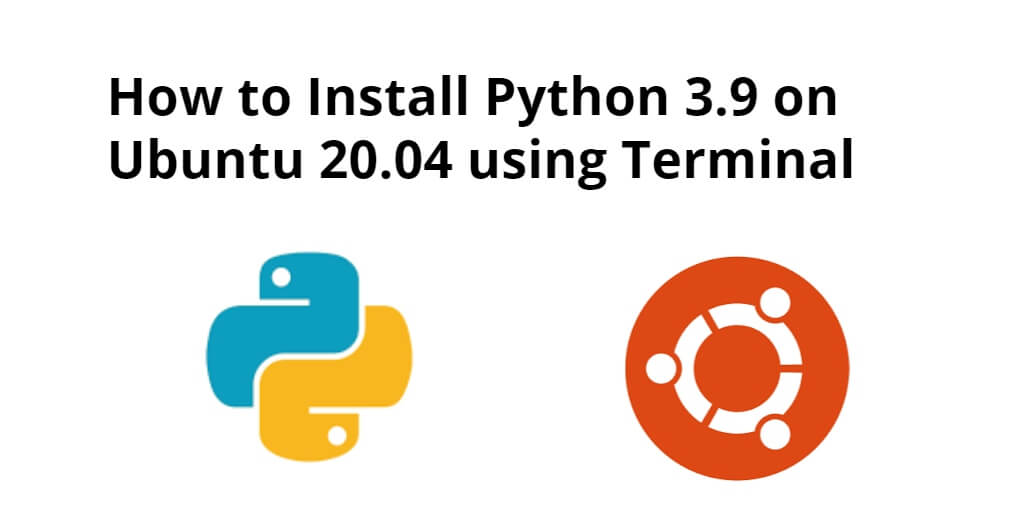

- #Install python 2.7 ubuntu command line install
- #Install python 2.7 ubuntu command line software
- #Install python 2.7 ubuntu command line password
- #Install python 2.7 ubuntu command line download
Now, it prompts on whether we want to change the root password.Īgain, it prompts on whether we want to remove the Anonymous access.
#Install python 2.7 ubuntu command line password
Step 6 − Enter the password and hit Enter. It prompts to enter the root password which was entered during the installation process. Step 5 − To configure mysql, run the following command. The following screenshot shows mysqld which is the daemon process for mysql running in the background. Step 4 − To see the MySQL process running, run the following command. It will also prompt to re-enter the password. Step 3 − Enter the required password and click the OK button.
#Install python 2.7 ubuntu command line download
Once the download completes and the installation starts, the installer will first ask to configure a root password. The above command will start the download of all the relevant packages for MySQL. Step 2 − Once all the packages have been updated, it is time to get the packages for MySQL. Step 1 − Issue the apt-get command to ensure all operating system packages are up to date.
#Install python 2.7 ubuntu command line install
To install MySQL, the following steps need to be followed. The above command will download the necessary packages for Python and have it installed. If we want to have the latest version of Python installed, then we need to issue the following statement. The later command is used to see the version 3 of Python installed. There is another way to see if Python is installed via the following commands. The following screenshot shows a sample of the output of the above command.įrom the above output, we can see that the version of Python installed is version 2.7. Where the –v option specifies to show what is the version of Python installed. We can find this issuing the following command. The first thing to do is to find out what is the version of Python installed on the system. Let’s see how we can get them installed on Ubuntu server environments. These are normally installed on Linux-based systems.
#Install python 2.7 ubuntu command line software
Go to My Computer > Properties > Advanced system settings > Environment Variables (in Advanced tab) and edit Path variable value and append path of your python installation directory.MySQL and Python are famous database and development software respectively. In case you get ‘python’ is not recognized as an internal or external command, complete below step to add python executable to your system environment path. If everything installed and configured successfully, you will see message like below. Open windows command prompt and type python command. On successful installation you will see message like below screenshot. Now wait for the installation completion. We recommend to select all options including add python.exe to Path. Select or deselect options to install on your system. In this step customize your installation. You can keep it unchanged and click Next. Now select the destination directory to extract and install python on your system.

Select the option install for all user or for current user only. Visit Python official download page and download required version of installer.Īfter completing download of Python run the installer by click on it and follow the installation wizard. Download Python Installerįirst you need to download Python 2.7 installer. This tutorial will help you to install Python 2.7 on Windows system. Python supports object-oriented, imperative and functional or procedural programming styles.

Python is a widely used high-level, interpreted, dynamic programming language.


 0 kommentar(er)
0 kommentar(er)
